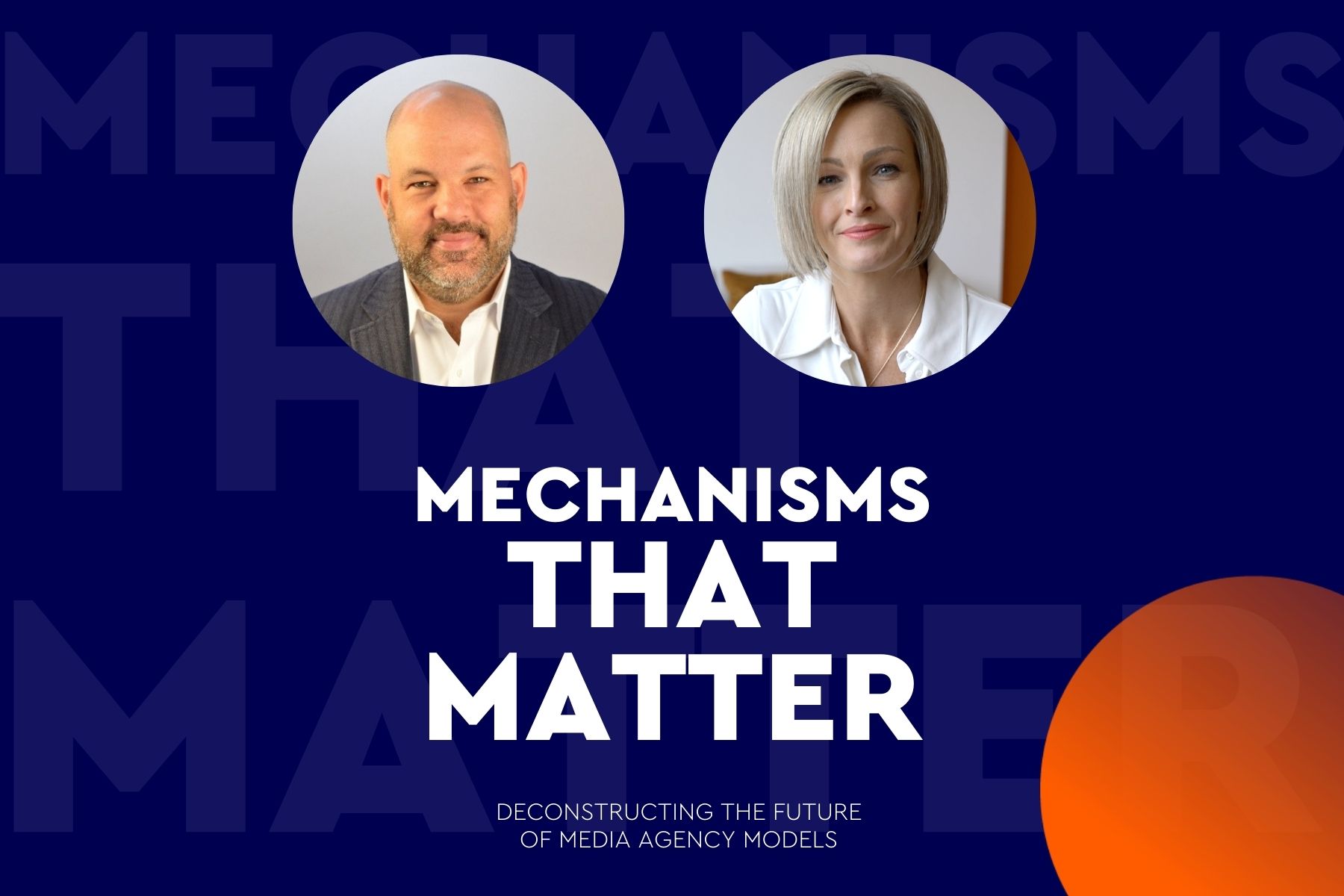
Six lessons for post-pandemic marketing
Emerging from panic mode – marketing in the long tail of COVID-19
As COVID-19 lockdowns begin to ease around the world, albeit at different paces, marketers are beginning to plan and prepare their next steps. Here are six lessons from the crisis that brands can apply to build a successful future.
1. Test your way to a new baseline
Last year’s baseline is irrelevant – what you think you know about how consumers respond to your marketing is now likely to be wrong. Everyone is adjusting to a new normal and now even something as mundane as commuting to work looks different. Be prepared to reset your levels of reach, response and engagement, and treat your back-to-market strategies like a series of experiments. Test and trial, continuously adapt, keep budgets and activations flexible between marketing channels and learn fast about what the new baseline looks like.
2. Deploy your hard-won agility
If we’ve learned one thing this year it’s how to adapt, both as people and as marketers. Being open and willing to change, a skill that’s been cultivated during the crisis, will remain invaluable in the months ahead. We need to be flexible and quick with decisions about media channels, creative, messaging, moments and phasing, and we need to look to automated deployment, localisation and other agile means to enable a truly reactive approach.
3. Build a rock-solid base
Adopting an agile approach requires solid foundations. It remains important to have a plan and fix what we can, after all many of the foundational rules of marketing and purchasing behaviour still apply. Strike a balance between controlling what you already know with upfront vendor commitment, solid measurement frameworks and a clear view on planning parameters and planning for those expected unknowns. By fixing the new baseline and keeping your options open, you can maximise value and returns in a world of shifting contexts.
4. Empathise and earn your place
During COVID-19 crisis people have re-evaluated what is important to them. Because of this, brands need to fight harder to win consumers’ attention, preference and hard-earned money. As rules change the ability to meet up with more than one friend and in smaller groups will feel like a huge priority – how and where that get-together takes place will kickstart a whole new process of consideration. Just because your brand was high on the list of priorities before it doesn’t mean it still is – earn your place.
5. Virtual is the new reality
In a world where virtual has been the only reality, consumers now expect new levels of online experience. We can’t rely on physical retail, contact or experiences so every marketer needs to leverage new routes to commerce, create new virtual engagements and optimise all digital channels. This has raised the bar hugely for digital communications. In particular, we’ve seen this in the level of personalisation consumers now expect from your brand’s content. Increasing sophistication across all audience groups, alongside advancing tech which drives the convergence of digital channels (virtual events + personalisation + ecommerce in one hit), sets a gold standard for us all.
6. A strong brand is still queen
In a world of restricted choice and infinite time, where fear and uncertainty reigns, consumers are looking for reassurance from brands across every channel. Trust has become a more important driver of choice than ever before. Be wary of planning into smaller and ever decreasing circles of precision, where engagement is fractional and too hidden. Instead, remember the power of broadcast engagement, trusted platforms and partners and the innate power of a strong brand.
published on
23 November 2020
Category
More in Communications

Rebranding cancer: how brands heal and hurt
Along with consumer brands, the ‘brand’ of condition or event influences us.

Mechanisms that Matter – Inside WPP | Ford’s revolutionary marketing model
How a process created on the factory floor over 70 years ago has transformed ops for the auto giant

How to build your brand in-game
A new research report from WPP and SuperAwesome

